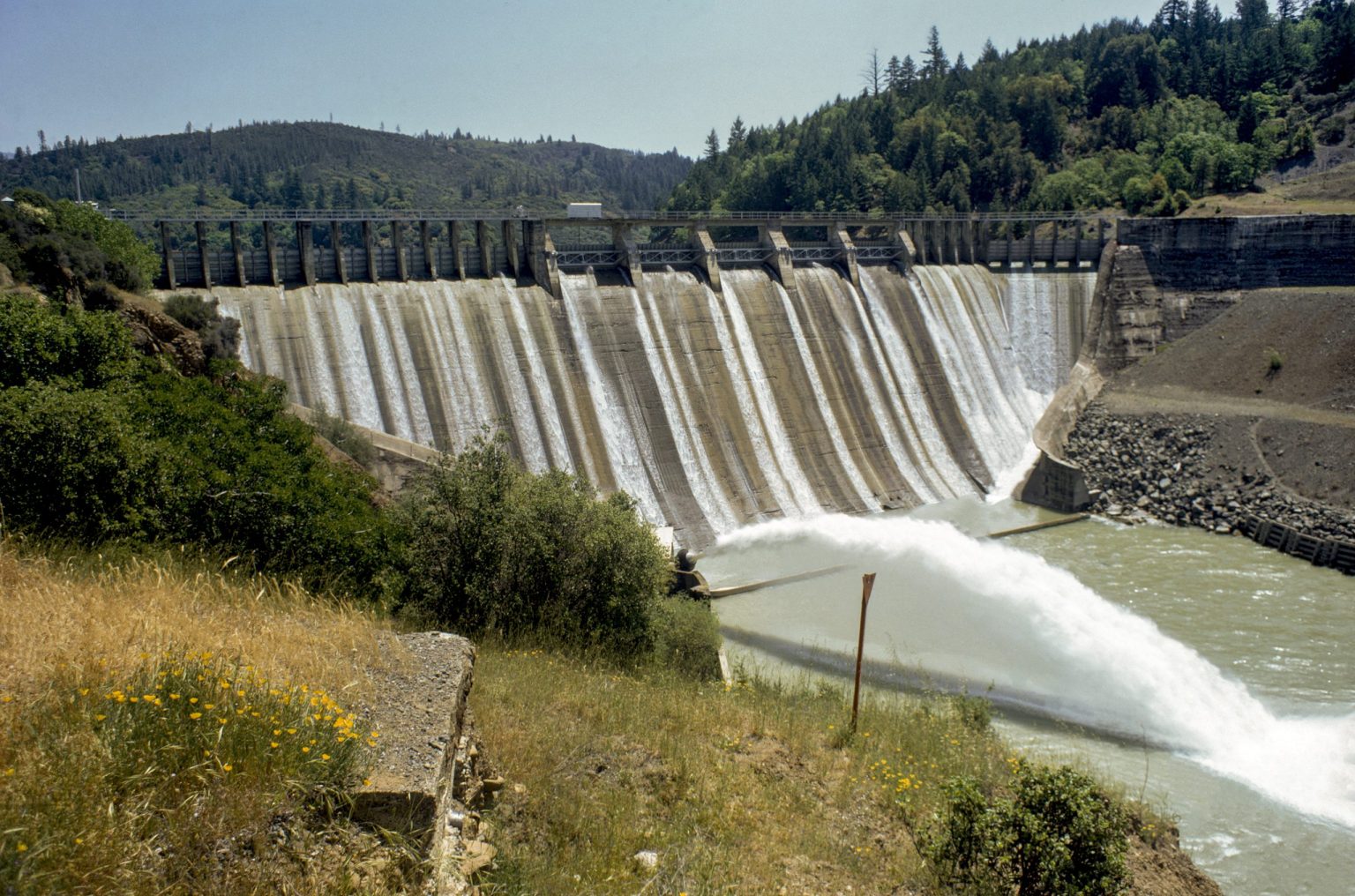The Potter Valley Project: A Contentious Debate Over Dams, Water, and Political Influence
The future of the Potter Valley Project, a complex water diversion system in Northern California, has become a battleground of conflicting interests, accusations of political maneuvering, and concerns about the environmental and economic consequences of potential dam removal. At the heart of the controversy lies the two-dam system, built in the early 20th century, that diverts water from the Eel River into the Russian River watershed, supplying water to Mendocino and Sonoma Counties while creating Lake Pillsbury in Lake County. The aging project, owned by PG&E, faces mounting pressure for decommissioning, primarily from environmental groups advocating for Eel River restoration, but the proposed removal has sparked strong opposition from Lake County communities reliant on the reservoir.
A recent town hall meeting, hosted by Congressman Jared Huffman, aimed to address the contentious issue but instead ignited further controversy. Huffman, a vocal proponent of dam removal, characterized the debate as being clouded by a "firehose of disinformation." However, critics argue that Huffman himself has orchestrated a politically charged process designed to favor a predetermined outcome. The Congressman’s assertion of inclusivity in the formation of an "ad-hoc community" to address the issue has been challenged by Lake County representatives and other stakeholders who feel marginalized and excluded. Lake County, despite being significantly impacted by the project, was granted only a single seat out of 30 in the committee, and their voices were repeatedly dismissed. This perceived imbalance of power and lack of genuine dialogue has fueled resentment and distrust among those who feel their concerns are being ignored.
Further accusations of manipulation stem from the composition of the committee, which allegedly heavily favored environmental groups known to support dam removal. Organizations such as Cal Trout, Trout Unlimited, and Friends of the Eel River held prominent positions, while groups advocating for alternative solutions, like the Lake Pillsbury Alliance, were either denied participation or asked to leave meetings. This apparent bias toward a preordained conclusion has cast doubt on the integrity of the process and undermined the credibility of claims of impartiality. Critics argue that the threat of litigation from environmental groups if dam removal isn’t pursued added a layer of coercion to the deliberations.
The economic viability of the Potter Valley Project under PG&E’s ownership also forms a significant part of the debate. Critics contend that PG&E’s operational practices, coupled with regulatory constraints, have made the project financially unsustainable, potentially leading to its eventual abandonment. However, they also question whether genuine efforts were made to explore alternatives to dam removal, such as rehabilitation or alternative management strategies, that could preserve Lake Pillsbury while addressing environmental concerns. Huffman’s focus on securing billions of dollars for new water infrastructure within his own district, while seemingly neglecting the needs of Lake County and surrounding communities, has further exacerbated tensions. The potential loss of Lake Pillsbury raises concerns about water security, especially during drought periods, and the elimination of a crucial source of fire protection for the region.
The controversy surrounding the Potter Valley Project underscores the intricate web of political, environmental, and economic considerations at play. While environmental groups champion dam removal as a necessary step for ecological restoration and fish passage, communities reliant on the reservoir view it as an existential threat. The accusations of political maneuvering and exclusionary practices have only served to deepen the divide and erode trust in the decision-making process. The lack of open dialogue and genuine consideration of alternative solutions has created an impasse, leaving the future of the Potter Valley Project and the communities it impacts uncertain.
Resolving this complex issue requires a more transparent and inclusive approach. Genuine engagement with all stakeholders, including those who hold dissenting views, is essential. A thorough evaluation of all available options, including dam rehabilitation, alternative water management strategies, and the potential economic and environmental impacts of each, is crucial. A balanced solution is needed that addresses the ecological needs of the Eel River while also considering the water security and economic well-being of the communities that depend on the Potter Valley Project. Only through open dialogue, mutual respect, and a commitment to finding common ground can a sustainable and equitable resolution be achieved.


